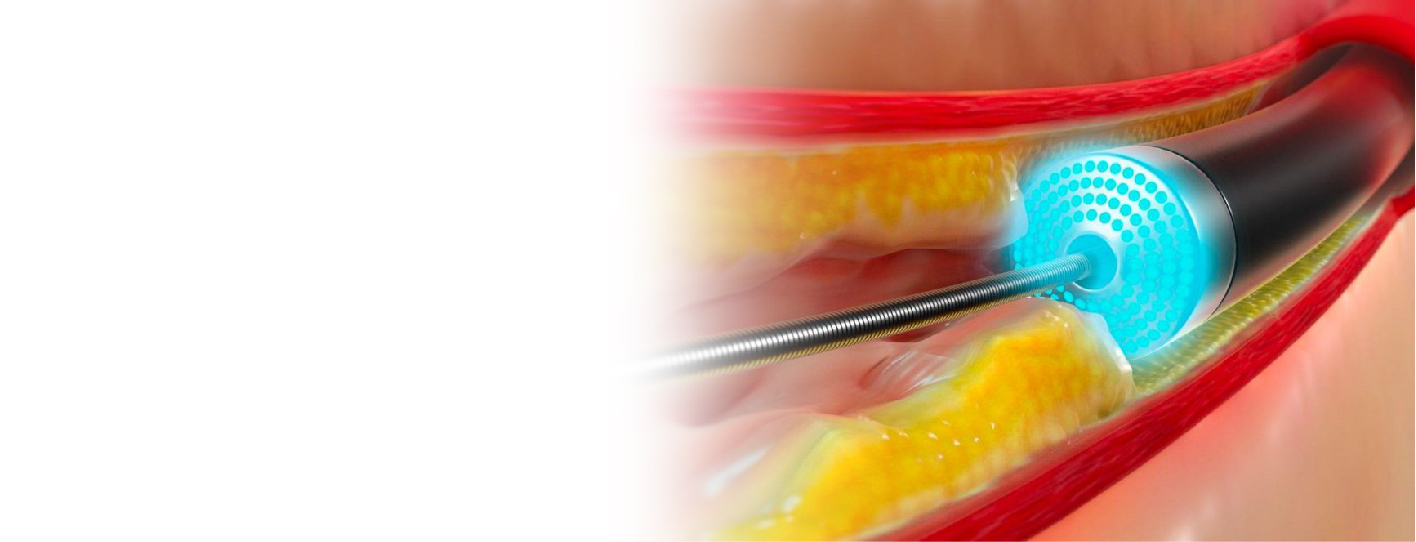



In the term angioplasty, "angio" refers to a blood vessel, and "plasty" means to open up. In PCI, the "P" stands for percutaneous or "through the skin," while coronary refers to the location of blood veins around the heart. Coronary heart disease (CHD) and heart attacks (acute coronary syndrome) are commonly treated with angioplasty. In these conditions, plaque, also known as atherosclerosis, forms on the artery walls. As plaque accumulates, the arteries narrow and may become blocked. During a heart attack, the plaque may break, pouring cholesterol into an artery and perhaps forming a clot that prevents blood flow. A conventional angioplasty involves the doctor making an incision in the groyne or wrist and inserting a tube, or catheter, into an artery.
They then thread the catheter upwards and into the damaged blood vessel around the heart. Typically, the catheter incorporates an inflatable balloon that displaces the plaque or clot, thereby opening up the artery. Doctors utilise live X-rays and contrast dye to guide the catheter and determine which arteries need to be treated. Angioplasty is less invasive than heart surgery since it does not require the opening of the chest.
Doctors may recommend angioplasty to:
There are two main types of angioplasty:
The first step in the treatment process is to be examined by an interventional cardiologist or vascular specialist, who will determine the exact nature of the problem and plan a course of treatment based on the patient's health, including any other medical conditions that may affect the treatment outcome. Once the doctor determines that you are a good candidate for laser angioplasty, the procedure can be scheduled.
Laser angioplasty removes the necessity for coronary artery bypass graft surgery, which means:
On the whole, angioplasty is a safe procedure without complications. One estimate says the rate of complications is 5 in every 100 people, with fewer in large institutes that specialize in angioplasty. Although complications from angioplasty are rare, they can include:
Older individuals have a higher risk of complications from angioplasty, as do those with the following conditions:
There is also a chance of the artery becoming blocked with plaque again through a process called restenosis, plaque shift, or stent thrombosis, which is a clot in the stent.
When the angioplasty is completed, the cardiologist removes the catheters & bandages. Soreness, bruising, and potentially bleeding are frequent at the site where catheters enter the body. Typically, a person will recover in the hospital for a few hours or overnight before returning home. They should not drive since they may still have sedatives in their system. They will also be restricted from lifting for roughly a week later. People can usually return to work within a week, but their doctor will advise them on how active they should be and when. The follow-up visit following angioplasty is an important part of the treatment. The doctor will assess the patient's recovery, change medications as necessary, and create an ongoing treatment plan for their cardiovascular health.
Angioplasty is a standard, minimally invasive procedure that doctors use to unblock clogged arteries and improve blood flow in the heart. Doctors frequently recommend angioplasty to treat acute heart problems. It is generally a safe procedure, although arteries can become blocked again, and there is a small risk of significant complications in some cases.
Q: How does laser angioplasty work?
A: Laser angioplasty employs laser energy to vaporize plaque buildup in arteries, clearing blockages and restoring blood flow.
Q: Is laser angioplasty safe?
A: Laser angioplasty is generally considered safe, but like any medical procedure, it carries some risks. Consult with your doctor to assess your situation.
From Recent Advancements in Heart Care to Tips and Tricks to make your Heart Healthy Again, stay updated with reliable and informative blogs by our experts.